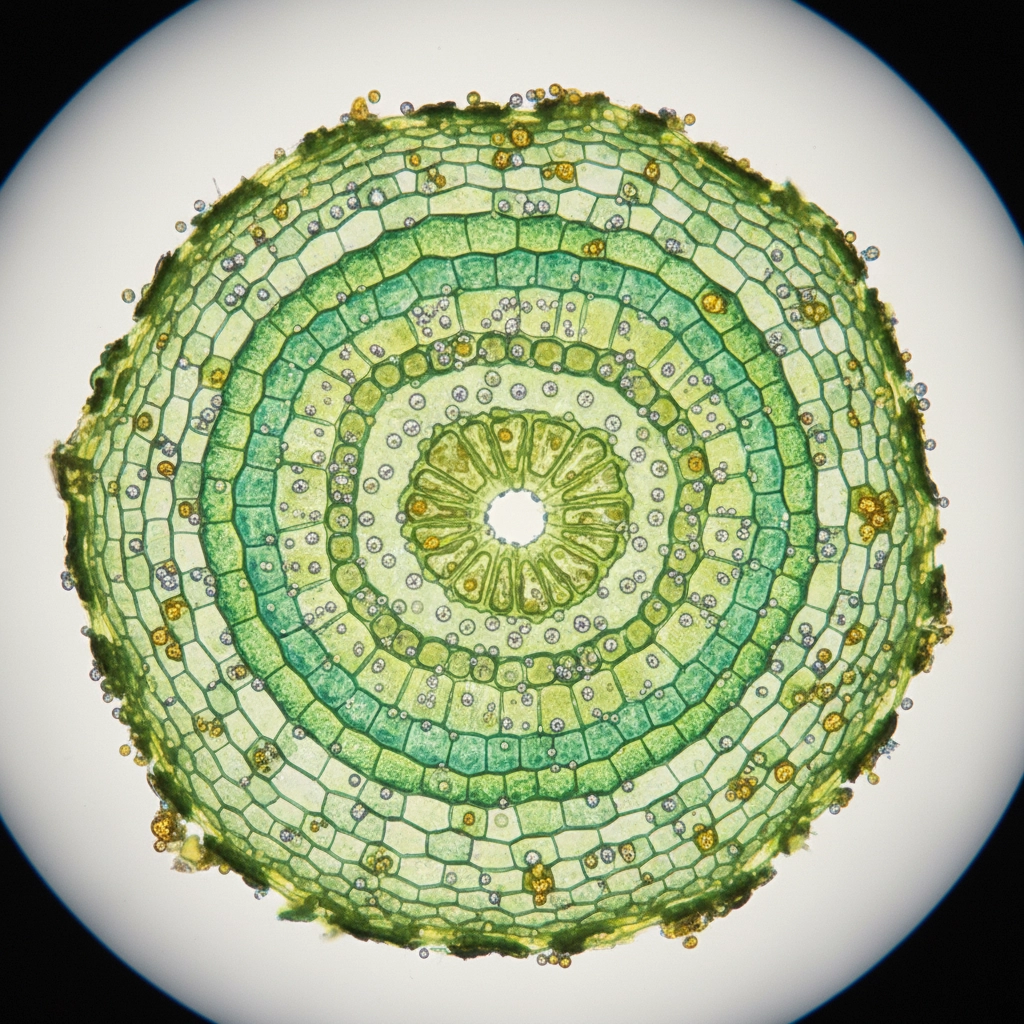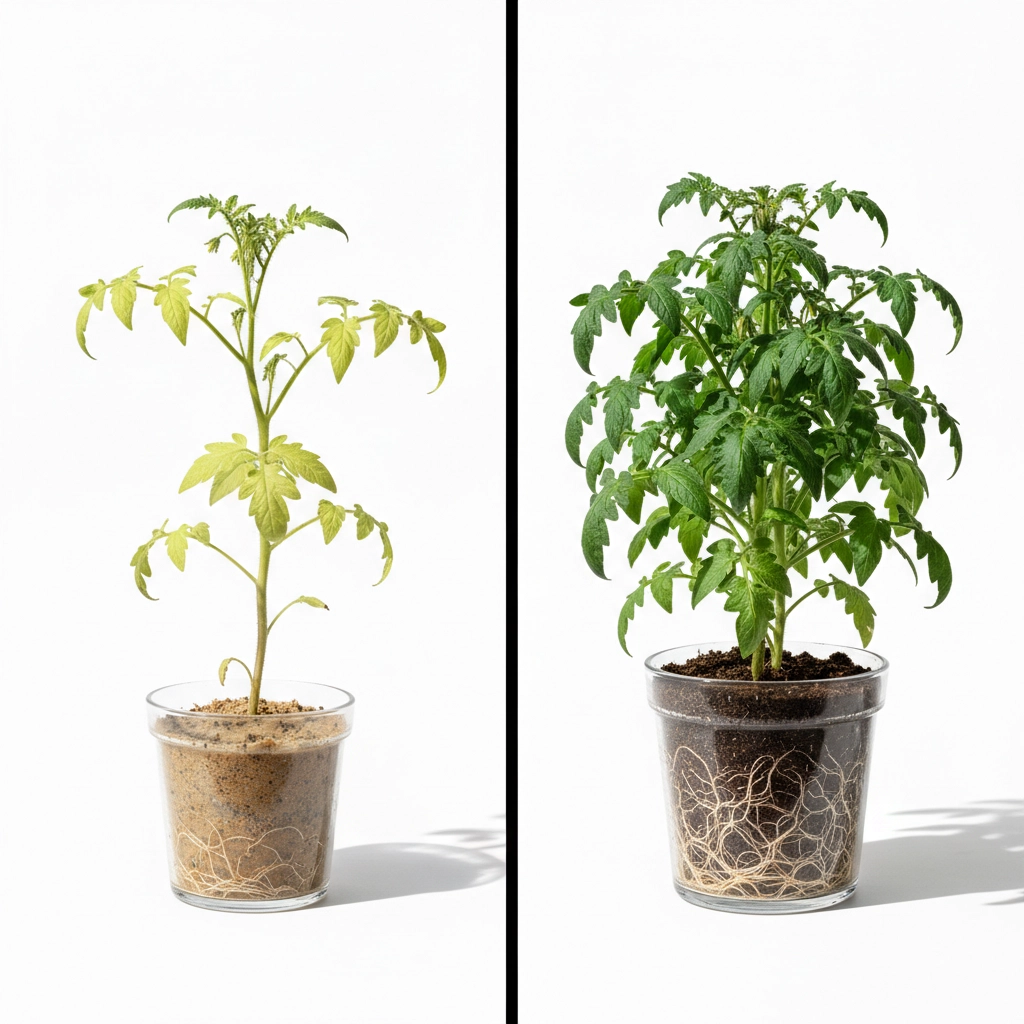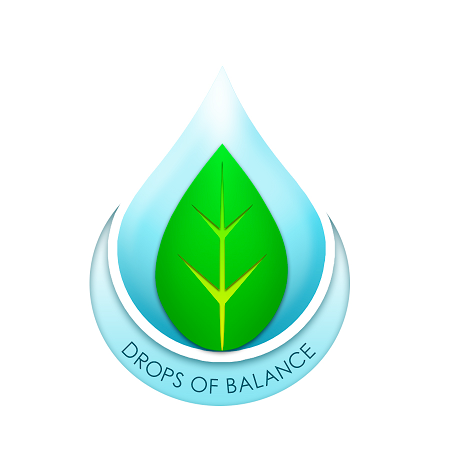
Nanoparticles in Garden Soil: Are They Helping or Hurting Your Tomatoes? (The Truth Revealed)
The emergence of nanotechnology in agriculture has sparked intense debate among gardeners and scientists alike. As microscopic particles smaller than 100 nanometers infiltrate our growing systems, the fundamental question remains: are these engineered nanoparticles enhancing or compromising tomato production? Recent peer-reviewed research provides compelling evidence that when properly applied, nanoparticles are predominantly beneficial for tomato cultivation, delivering measurable improvements in growth, yield, and nutritional content.
Understanding Nanoparticles in Agricultural Systems
Nanoparticles represent a class of engineered materials with at least one dimension measuring less than 100 nanometers. In agricultural applications, the most commonly studied variants include titanium dioxide (TiO₂), zinc oxide (ZnO), and silver (Ag) nanoparticles. These materials exhibit unique physicochemical properties that differ significantly from their bulk counterparts, including increased surface area-to-volume ratios and enhanced reactivity.
The integration of nanoparticles into soil systems occurs through various pathways: intentional application as nano-fertilizers, atmospheric deposition from industrial processes, and biosolid amendments containing manufactured nanomaterials. Understanding their behavior in the rhizosphere: the soil region directly influenced by root secretions: is crucial for evaluating their impact on plant health.

Physiological Mechanisms of Enhancement
Research demonstrates that nanoparticles enhance tomato plant physiology through multiple interconnected mechanisms. Titanium dioxide and zinc oxide nanoparticles function as photosynthetic enhancers, improving light absorption efficiency and increasing chlorophyll photoreactivity. This enhancement directly translates to increased biomass production and improved plant vigor.
At the cellular level, nanoparticles facilitate superior nutrient uptake by altering membrane permeability and activating specific transport proteins. Zinc oxide nanoparticles, in particular, deliver essential trace elements in highly bioavailable forms that are rapidly absorbed by plant tissues. This bioavailability surpasses traditional chelated fertilizers, as the nanoparticle size allows for enhanced cellular penetration and intracellular transport.
The impact on root architecture represents another significant benefit. Nanoparticle exposure stimulates lateral root development and increases root hair density, expanding the absorptive surface area. This morphological adaptation enhances water and nutrient uptake capacity, particularly valuable in nutrient-poor soils where conventional fertilization may prove insufficient.
Quantifiable Yield and Quality Improvements
Controlled field studies provide robust evidence of nanoparticles' beneficial effects on tomato production. Plants treated with nanoparticles via aerosol application demonstrated an 82% increase in fruit weight compared to untreated controls. This yield enhancement corresponds to studies utilizing zinc oxide nanoparticles at 10 ppm concentrations, which achieved a 100% increase in total tomato yield when combined with standard nitrogen and phosphorus supplementation.
Beyond quantity improvements, nanoparticle treatments significantly enhance nutritional quality. Lycopene concentrations: the carotenoid responsible for tomatoes' red pigmentation and associated with reduced cancer and cardiovascular disease risk: increased by 80-113% in treated plants. Additionally, vitamin C content, flavonoids, carotenoids, and phenolic compounds all showed statistically significant elevations compared to control groups.
These improvements extend to essential mineral content. Zinc oxide nanoparticle applications increased tissue concentrations of zinc, iron, and other micronutrients critical for human nutrition. The biofortification achieved through nanoparticle treatment addresses global micronutrient deficiencies while improving crop yield.

Disease Resistance and Plant Protection
Silver nanoparticles demonstrate remarkable efficacy as biostatic agents in tomato cultivation. Field trials using phytofabricated silver nanoparticles at 100 μg/mL concentrations achieved plant height increases of 56.6-62.6% while providing superior disease control compared to conventional fungicides. These nanoparticles effectively reduce pathogen load through direct antimicrobial action and by strengthening plant immune responses.
The mechanism of disease protection involves multiple pathways. Silver nanoparticles disrupt pathogen cell membranes and interfere with enzymatic processes essential for microbial survival. Simultaneously, they enhance plant defense gene expression and increase the production of antimicrobial compounds within plant tissues. This dual-action approach provides comprehensive protection against bacterial and fungal pathogens commonly affecting tomato crops.
Research indicates that nanoparticle-mediated disease resistance maintains effectiveness throughout the growing season without developing resistance, a significant advantage over chemical pesticides that often lose efficacy due to pathogen adaptation.
Application Methods and Optimization
The delivery method significantly influences nanoparticle effectiveness in tomato cultivation. Foliar application through aerosol techniques consistently outperforms soil-based applications, primarily due to improved absorption efficiency. Soil-applied nutrients typically exhibit only 20% absorption rates, with the remainder forming insoluble complexes or being lost through leaching.
Foliar application bypasses soil-mediated interactions, allowing direct contact between nanoparticles and leaf surfaces. Stomatal and cuticular uptake pathways facilitate rapid translocation to metabolically active tissues. This delivery method proves particularly effective for zinc oxide and titanium dioxide nanoparticles, which demonstrate enhanced uptake through leaf surfaces compared to root systems.
Concentration optimization remains critical for maximizing benefits while avoiding phytotoxicity. Studies indicate that zinc oxide nanoparticles at 10-50 ppm concentrations provide optimal results, while higher concentrations may induce oxidative stress. Silver nanoparticles show effectiveness at lower concentrations (50-100 μg/mL), reflecting their potent antimicrobial properties.

Safety Considerations and Environmental Impact
Comprehensive safety assessments indicate that agricultural nanoparticle applications remain well below established safety thresholds. The concentrations utilized in effective treatments are considerably lower than conventional fertilizer applications and fall within USDA-approved limits for agricultural amendments. Residue analysis of treated tomatoes shows nanoparticle concentrations below detection limits in edible tissues, indicating minimal risk for human consumption.
Environmental impact studies suggest that properly applied nanoparticles pose minimal ecological risk. Unlike persistent organic pollutants, many agricultural nanoparticles undergo transformation processes that reduce their bioavailability over time. Zinc oxide nanoparticles, for example, dissolve and integrate into natural biogeochemical cycles without accumulating in harmful concentrations.
However, responsible application practices remain essential. Overuse or improper application methods could potentially disrupt soil microbial communities or contaminate water systems. Following recommended application rates and timing protocols ensures beneficial effects while minimizing environmental risk.
Integration with Water Treatment Systems
The success of nanoparticle applications depends heavily on water quality used in preparation and application. Contaminated irrigation water containing chlorine, fluoride, or heavy metals can interfere with nanoparticle stability and effectiveness. These contaminants may cause nanoparticle aggregation, reducing their bioavailability and therapeutic potential.
Implementing comprehensive water treatment protocols ensures optimal nanoparticle performance. Removing chemical contaminants while maintaining essential mineral content creates ideal conditions for nanoparticle applications. This approach maximizes the synergistic benefits of clean water and engineered nanoparticles in promoting plant health.
Future Directions and Recommendations
Current research strongly supports the beneficial role of nanoparticles in tomato cultivation when properly applied. The evidence demonstrates significant improvements in yield, nutritional content, and disease resistance without safety concerns at recommended concentrations. For growers considering nanoparticle applications, foliar delivery methods using zinc oxide or titanium dioxide nanoparticles at 10-50 ppm concentrations offer the most promising results.
Continued research focuses on developing targeted delivery systems and optimizing nanoparticle formulations for specific growing conditions. As our understanding of plant-nanoparticle interactions advances, these technologies will likely become increasingly sophisticated and effective tools for sustainable agriculture.
The scientific consensus indicates that nanoparticles are helping rather than hurting tomato production, representing a valuable addition to modern agricultural practices when implemented with proper knowledge and precautions.
